Kyoto sightseeing
Latest content and event information
-
SPA PASS KYOTO What is
This is an electronic travel pass that allows you to "hot spring tour" at 10 hot spring facilities in Kyoto City (as of October 1, 2025). By presenting an electronic ticket that allows you to visit three different facilities at the hot spring facilities, you can tour the hot spring facilities scattered throughout Kyoto City. We also work to promote the use of ancillary facilities such as meals and cafes at hot spring facilities, proposing various ways to use hot springs.
[Implementation period]On sale from 10 AM on October 8th!!
Sale period: Wednesday, October 8, 2025 - Tuesday, March 31, 2026Usage period: October 8, 2025 (Wednesday) - March 31, 2026 (Tuesday)
*The facility-specific plan is3 days before the date of use Please make your reservation by.
※Payment isCredit card online payment onlyIt will be
※When you go out,Please use the convenient city bus and subway
-
In Japan’s ancient capital, local makers and businesses are finding new ways to protect the planet while keeping their culture alive
For over a thousand years, Kyoto has been a city where people think long-term. Many local businesses have inherited their craft and spirit through generations. Yet these companies are not just preserving tradition—they are creating new value for the future. They act as social enterprises, balancing respect for culture with care for the environment and community.
Today, visitors can join these businesses in hands-on experiences that show how sustainability can be part of daily life. In collaboration with BEYOND2025, one of Japan’s largest social conferences, and the JTB Kyoto Branch, these programs offer a fresh way to explore Kyoto through the lens of social impact and local creativity.
CulturalKyoto sustainable tourismKyoto sightseeingexperiencetraditional culture
-
Lake Biwa Canal Boat to operate in autumn 2025
~ [National Treasure and Important Cultural Property Commemorative Flight] Operation Confirmed!! ~
The dream waterway of our predecessors, which can be traced by canal boat
Traces of many great achievements that can only be seen by boarding the shipThe Lake Biwa Canal fell into decline after the capital was moved to Tokyo.An artificial canal built to revive Kyoto's industryThe project, which overcame numerous difficulties, was carried out solely by Japanese people.A major project in Kyoto during the Meiji periodAfter 70 years, the Lake Biwa Canal has been restored. Enjoy a boat trip to see the great achievements of our ancestors with your own eyes, while taking in the scenery around the canal that changes with the seasons.
《Points that can only be seen by those on board》
・Among the plaques at the entrance to each tunnel, each written by representative politicians of the Meiji era, the only one inside the tunnel is that of Kitagaki Kunimichi, the third governor of Kyoto Prefecture, who planned and promoted the construction of the canal project.・Passengers on board can see the pit, which was the first in Japan to use the pit method, from below.
"customer's voice"
-The guide's explanation was easy to understand.
・Even though it's local, I didn't know it.
・Moved by the achievements of our predecessors. The tunnel is also worth seeing.
NatureJapan HeritageKYOTOLink KyotoLake Biwa canal boatcanalscenicLINK KYOTOautumn leavessustainablehistoryKyoto sightseeing
-
It is located on a historical axis that connects the Uji Bridge, a symbol of Uji, the remains of the Taiko Embankment, and the grave of Prince Ujimichi Wakaro. At the historical sites, gardens, plazas, and Chazuna, the Tea and Uji Town Communication Center, where you can feel that history, you can see the flow of time in Uji through exhibits and videos, and through various experience programs such as tea picking and matcha making, we connect the town and its people, history and culture, and promote the charm of Uji, making sightseeing and walking around the town more enjoyable.
Quote: From the Chazuna website
Watch the video here:
TeaKyoto experienceUji teaMatchaKyoto sustainable tourismKyoto sightseeingtraditional culture
-
Convenient services for Japan Airlines passengers♪

*Please note that the official application website is in Japanese.
Sustainable TourismKyoto sustainable tourismKyoto sightseeingcomfortableEmpty-handed sightseeing
-
Enter a world of plants that shine at night, surrounded by light and sound
As the oldest public botanical garden in Japan, the Kyoto Prefectural Botanical Garden will celebrate its 100th anniversary in 2024 and will be open at night for a limited time, where visitors will be immersed in a mysterious otherworldly world of plants that are different from those seen during the day. Stepping into one of Japan's largest observation greenhouses, you will be greeted by a lush green space decorated with light, sound, set design and projections, and witness the brilliance of plants overflowing with vitality.
As you explore the four different zones, you can use all your senses to sense the breathing and whispering of the plants and the diverse expressions that emerge at night.
Come enjoy an immersive experience in a fantastical world of light and sound that will help you discover new fascination with plants and foster a connection with nature.
Kyoto Prefectural Botanical GardensMOMENT FACTORYKyoto experienceLINK KYOTOKyoto sightseeingKyoto culture
-
A stress-free and easy trip to the seaside town of Ine
The only public transportation from Amanohashidate to Ine is by bus.
There may be long lines in the morning.
The local bus route, which is a valuable means of transportation for local residents, stops at over 30 locations.
If you use the shuttle bus, you can easily go directly to Ine!
You can secure a seat, leave your large luggage in the trunk, and explore Ine!
moreoverA must-see for sightseeing in Ine: a sightseeing boat tour of Ine Bayis!
Take a sightseeing boat tour of Ine Bay and feel the slow pace of time passing.How about enjoying a stroll?
Combine this with the express bus (Tango Kairiku Kotsu Co., Ltd.) to Amanohashidate Station,You can visit Ine on a day trip.INEIneIne BoathousesShuttle busIne BayPleasure boatTouring Ine BayKYOTOLINK KYOTOKyoto sightseeingKyoto's Unique Venues
-
A city where the culture of geisha and maiko who provide heartfelt hospitality through their dancing and other traditional arts has been passed down for generations, and where Kyoto's traditional culture is carefully preserved."Glamorous district"Kyoto's entertainment district flourished as a major center of hospitality culture.
In the Kagai district, geisha and maiko have the spring and autumn performances as their one goal, but they also spend their days training in dance and other performing arts, as well as studying traditional culture such as the tea ceremony. The kimonos and other attire that complement them are supported by the skills of many artisans, including traditional craft artisans, hairdressers, and kimono dressers. In addition to events unique to the Kagai district, such as the opening ceremony, they also inherit seasonal customs and continue to cherish and protect Kyoto's traditional culture by participating in traditional Kyoto events such as the Jidai Matsuri.
Let's experience traditional culture at this valuable museum located in the entertainment district of Gion Kobu.
Hanamachi Art MuseumKyoto DanceKYOTOLink Kyotomaikogeishatraditional craftsLINK KYOTOKyoto tourism moralsKyoto sustainable tourismsustainablecarbon neutralKyoto sightseeingKyoto's Unique VenuesKyoto cultureEmpty-handed sightseeingEntertainment districttraditional culture
-
① Visit to the Silk Fabric Museum (time required: about 15 minutes)
The White Silk Fabric Museum is a museum specializing in white kimono fabrics. We exhibit about 50 types of white fabrics carefully selected from the 200 types and 3,000 patterns that Itoyuki has woven so far for post-dyeing (dyed kimono), where fabric is woven from raw silk and then dyed later. You can actually touch the white fabrics, which have various characteristics depending on the production area and type of thread, and see their texture and beautiful luster. We will introduce the process of making one bolt of white fabric, including cocoon production by domestic silkworm farmers and information on the amount of cocoons needed for a kimono.
② "Handloom" Experience (Time required: approx. 15 minutes)
Our in-house instructor will demonstrate the handloom weaving process and explain how the warp and weft threads work. Afterwards, you can enjoy the experience of weaving using a handloom.
3. Kinsai Yuzen Workshop (Time required: approx. 1 hour 30 minutes)
Enjoy the experience of dyeing pure silk fabric, a high-quality material used in kimonos, with the Yuzen technique and finishing with gold leaf. Our in-house instructors will provide careful instruction, so even beginners can participate with confidence. The completed work will be framed and handed to you, so you can take it home as a keepsake.

Link KyotoKyoto experiencetraditional craftsLINK KYOTOKyoto sustainable tourismsustainableKyoto sightseeingKyoto culturetraditional culture
-
"Okazaki-an" is a Japanese-style mansion built by "Ueba Hide", a famous geisha in Kyoto, to live out the rest of her life with her husband "Shundo Koji", who was a producer at Toei, and their daughter "Takako".
It is a luxurious building with modern interior design and a Noh stage made entirely of cypress, which was rare at the time, and the windows offer a panoramic view of the torii gates of Heian Shrine and Mt. Daimonji.
This is a luxurious plan where you can enjoy a meal while watching a maiko perform on the Noh stage in this elegant setting.
Limited to one group per time slotSo, after your viewing, you can take commemorative photos, chat with the maiko, and have them all to yourself, which will surely be an unforgettable memory of your trip to Kyoto.
*This plan is a reservation by request. After you apply online, we will contact you by email after confirming with the operator whether or not the reservation can be made on the date you wish to make.
Japanese ResidenceOkazakianDance AppreciationOkazakiKYOTOLink KyotoKyoto experiencespecialmaikogeishaLINK KYOTOKyoto sightseeingKyoto's Unique VenuesgenuineKyoto culturetraditional culture


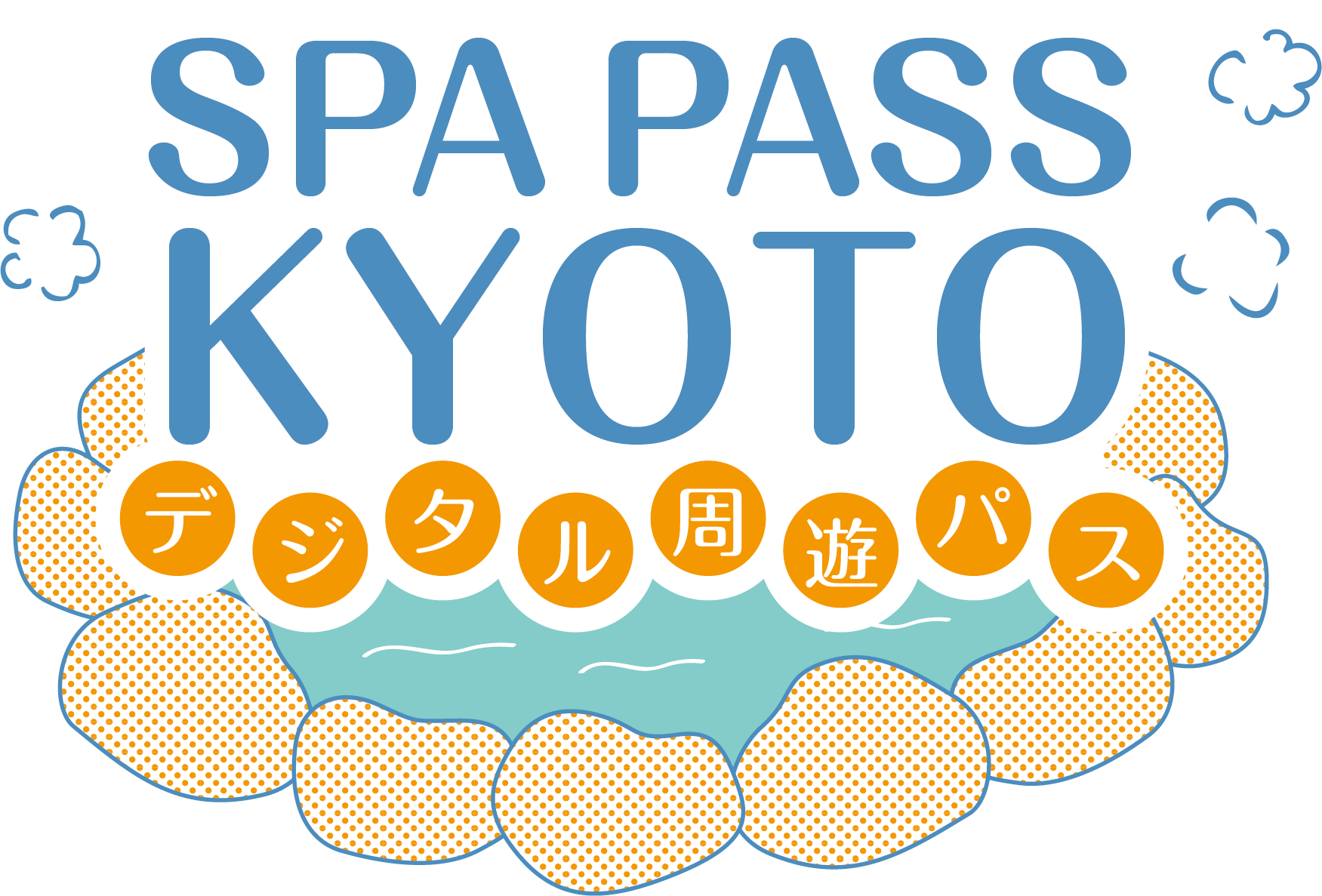
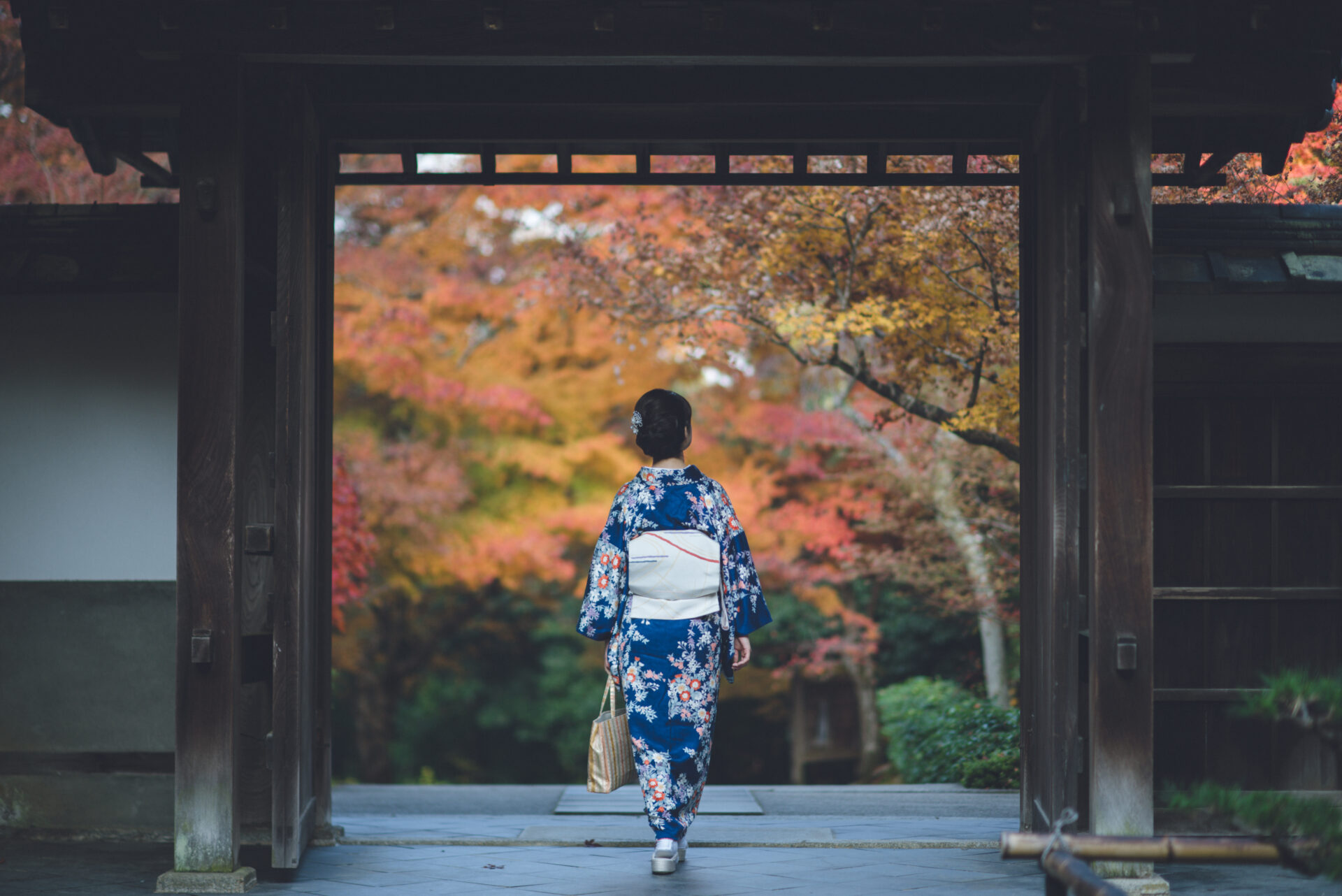
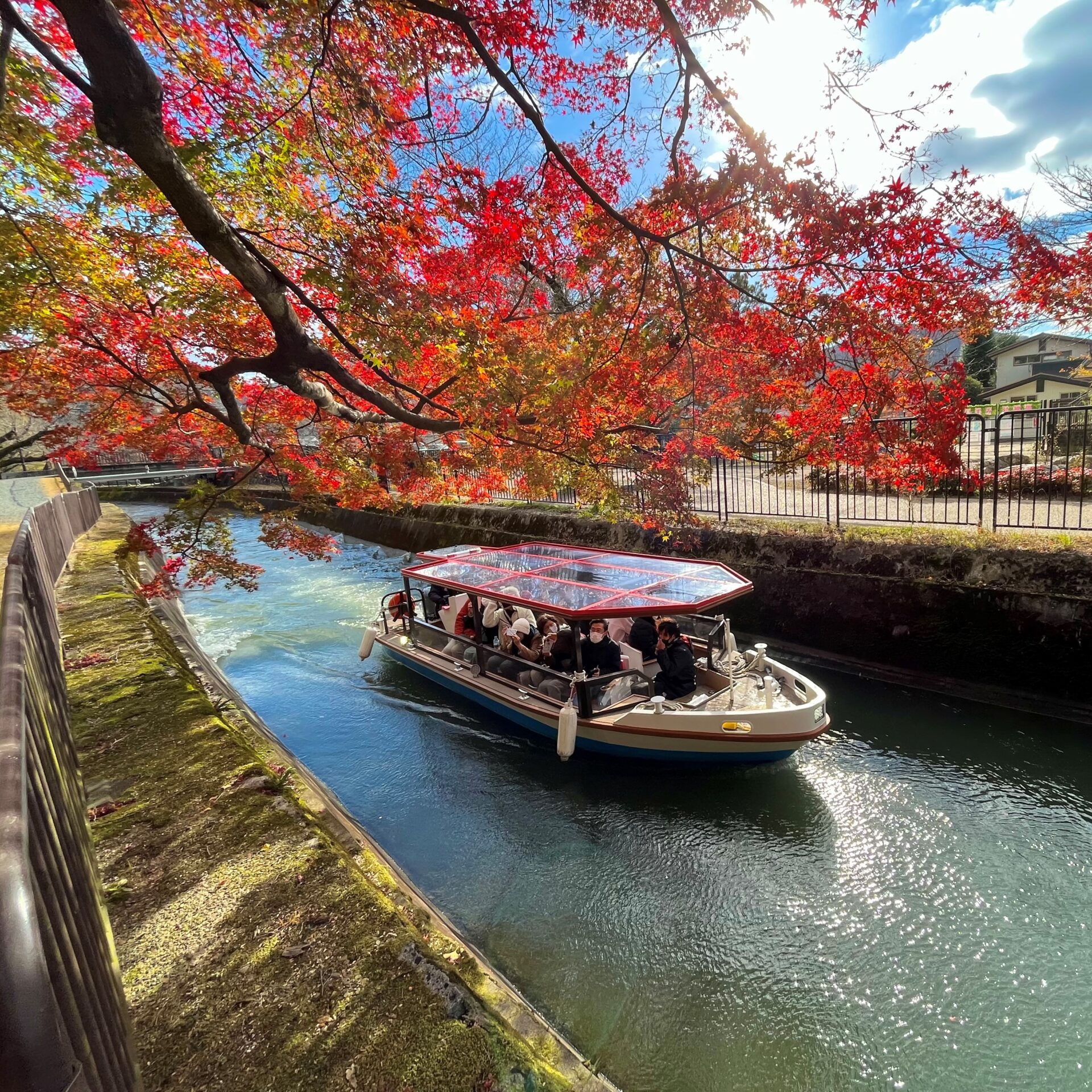
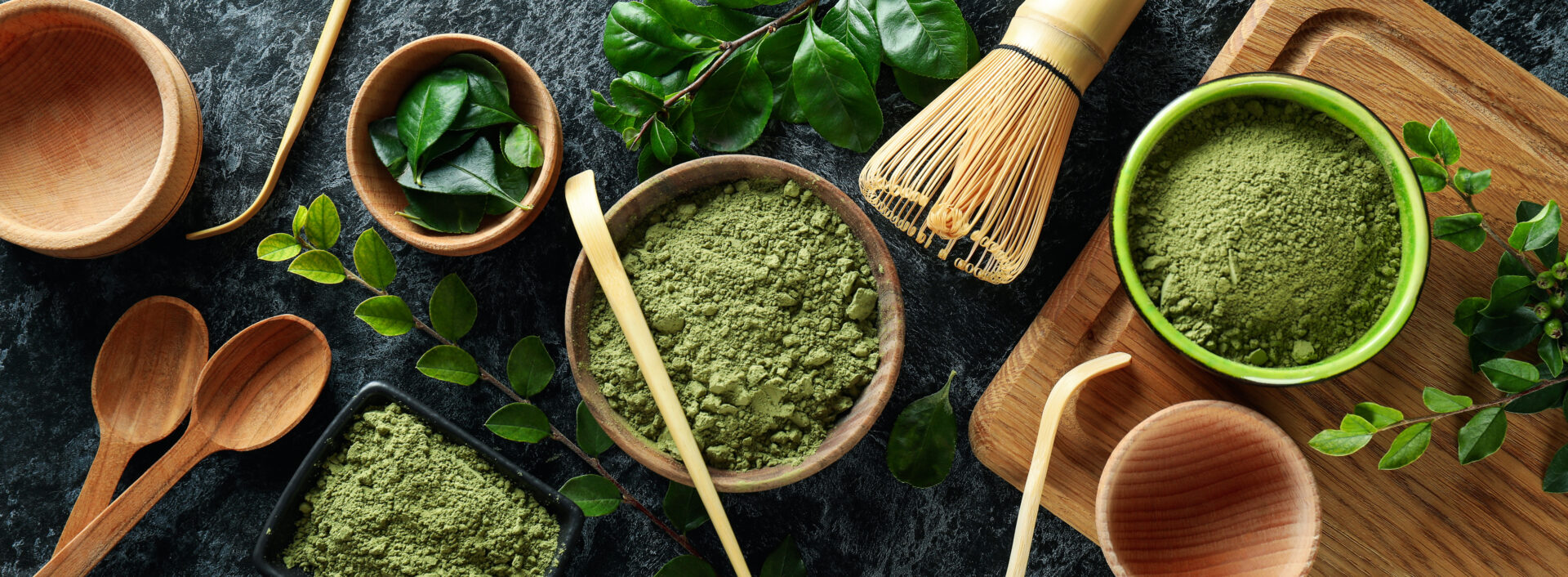

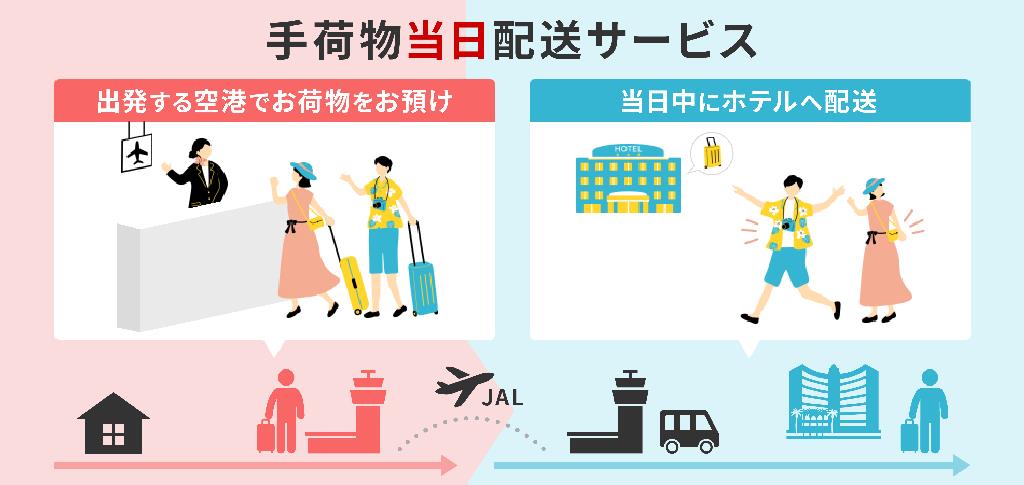
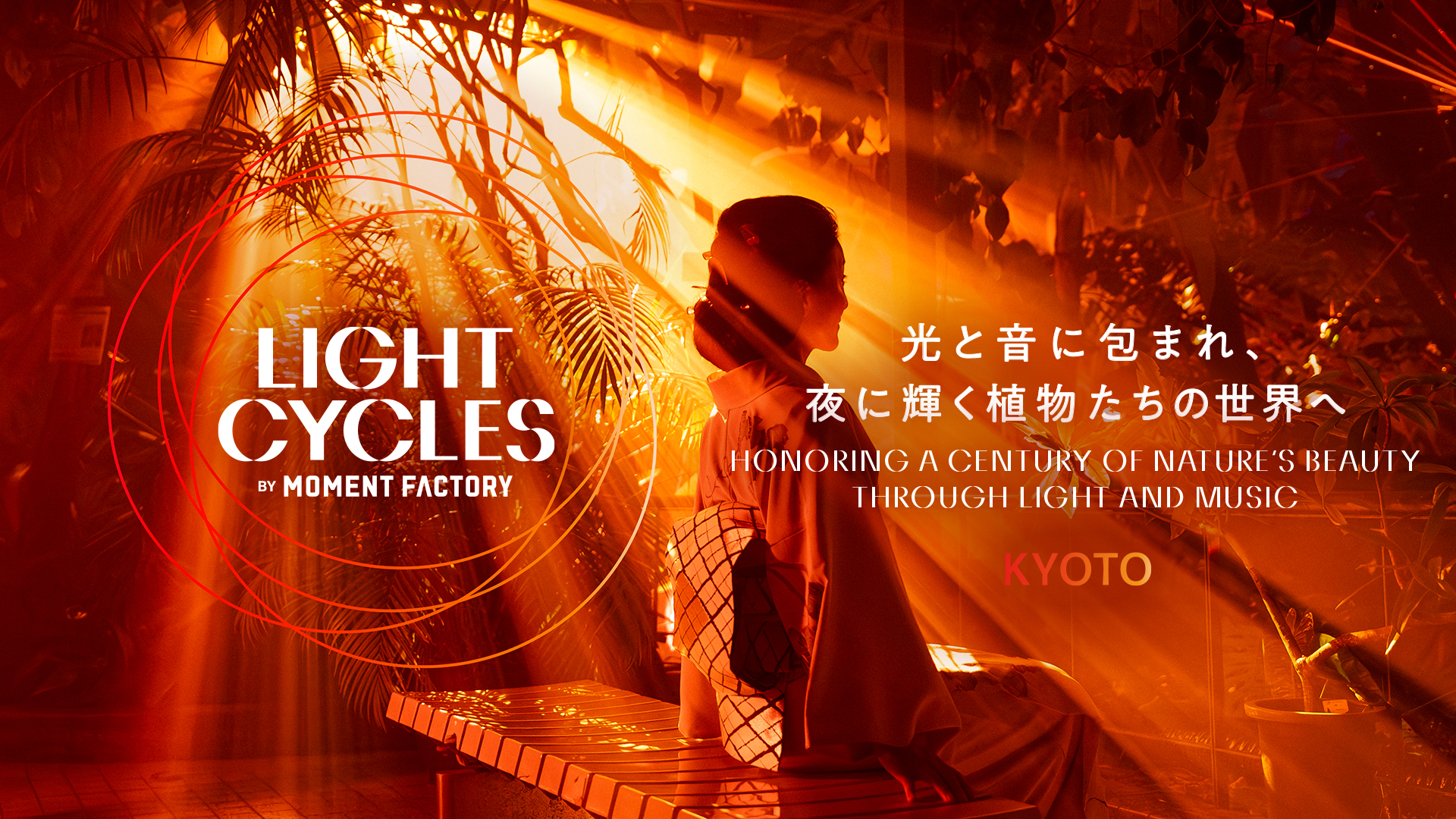
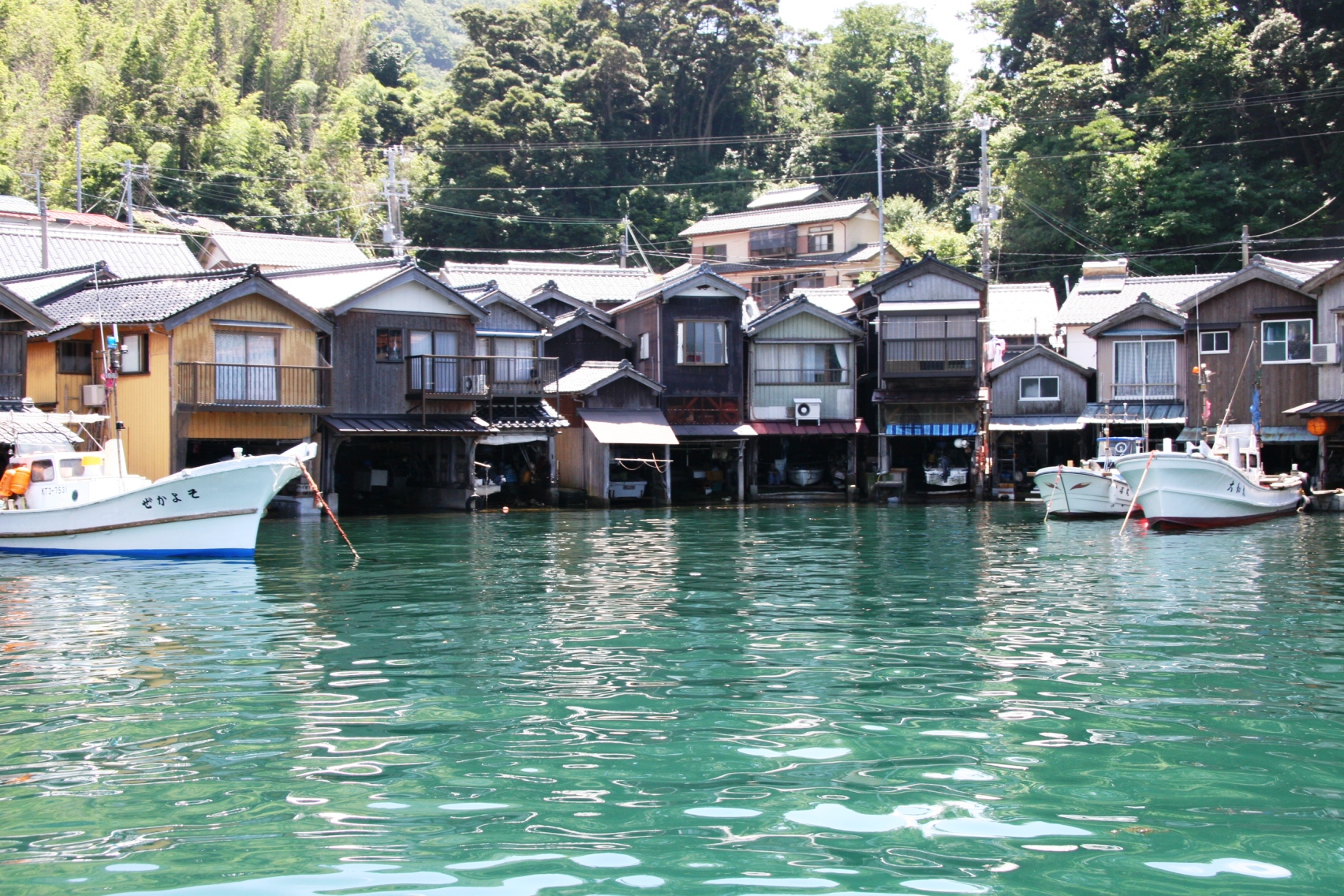
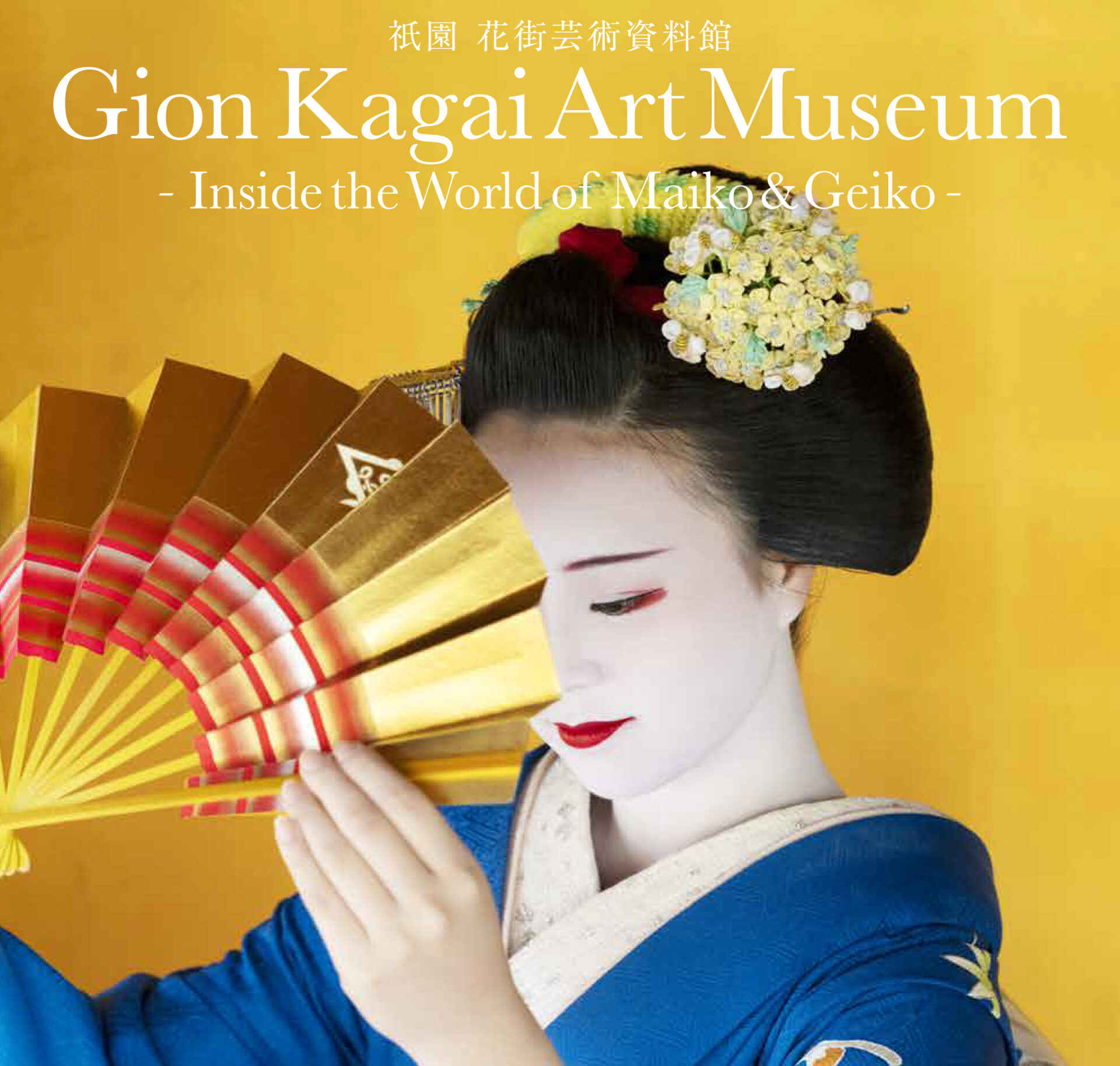

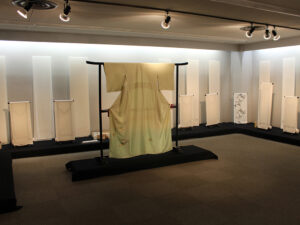
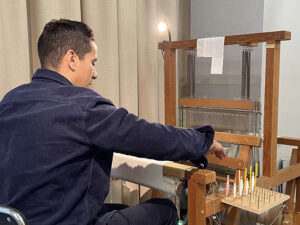

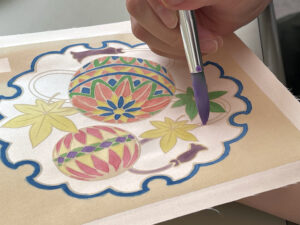
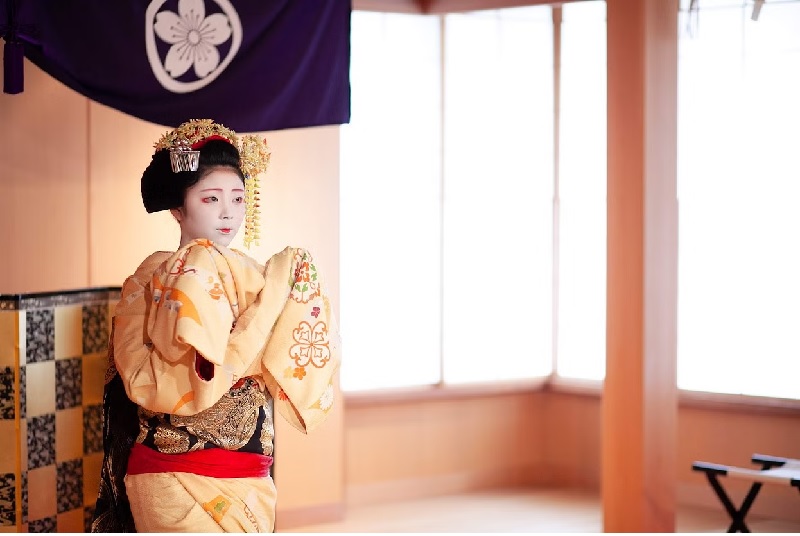
 Kyoto
experience
Kyoto
experience Contact us by phone
Contact us by phone Contact by email
Contact by email